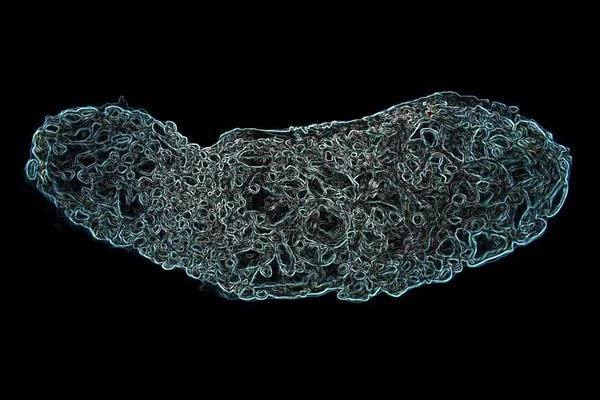
Asteroids are fossil witnesses to the formation of the Solar System. They represent primordial bodies that have undergone little thermal and mechanical transformation since their birth. Their chemical and isotopic composition provides valuable clues about the initial conditions of the protoplanetary disk and the first accretion processes.
In the protoplanetary disk, cosmic dust interacts through electrostatic forces and gentle collisions. Micron-sized grains aggregate to form millimeter-sized, then centimeter-sized aggregates, eventually reaching the size of planetesimals. Growth is not uniform: it is modulated by effects such as gravitational instability of the disk and turbulent vortices that concentrate particles.
Recent numerical simulations indicate that these mechanisms can accelerate the formation of kilometer-sized bodies in just a few thousand years. Collisions can be both constructive, allowing the accretion of matter, and destructive, partially fragmenting bodies to form reaccreted debris. This cycle of coalescence and fragmentation has led to the diversity observed today in the main belt and in the populations of Trojans.
The asteroid population is strongly dominated by small bodies, ranging from a few meters to a few kilometers in diameter. These small asteroids are extremely numerous compared to large planetesimals and large asteroids. This distribution results from both continuous fragmentation due to collisions and limited accretion processes for the most massive bodies. The main belt thus contains billions of small asteroids, forming a true "cloud" of rocky and metallic fragments. Their abundance partly explains the high frequency of meteorites originating from these objects when they cross Earth's orbit.
N.B.:
Data obtained from space missions such as NEAR Shoemaker and OSIRIS-REx have validated these models by providing direct measurements of the composition, density, and internal structure of asteroids.
Small asteroids are not monolithic blocks but rubble piles, agglomerates of fragments ranging from pebble size to that of a small house. This high porosity means that internal cohesion is very weak, maintained mainly by gravity and sometimes by electrostatic forces between grains.
The asteroid belt hosts a great diversity of these small bodies. Their structure is such that many internal fractures and cavities exist, making these objects fragile and sensitive to collisions. The average density of some rubble piles can be lower than that of solid rocks, indicating that up to 50% of the volume can be porous void.
In such asteroids, a human hand could theoretically push into them without encountering significant resistance. This low cohesion also explains why many small asteroids can easily fragment during collisions or gravitational flybys, generating debris and altering the dynamics of the main belt.
N.B.:
Radar observations and density measurements from missions such as NEAR Shoemaker on Eros and Hayabusa on Itokawa have confirmed the "rubble pile" structure for many small asteroids.